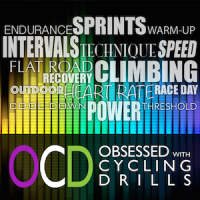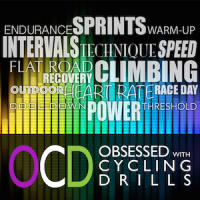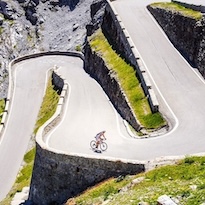Friday Favorites: Tuning In for Focus, Form, and Endurance
Looking for a track that meets you where you are—whether you’re zoning in on form, grinding through intervals, or finding your rhythm on a flat road? This one builds without pushing, drives without overwhelming, and somehow makes every pedal stroke feel intentional. It’s been on repeat in my rides lately, and once you try it, you’ll see why.Read more…








